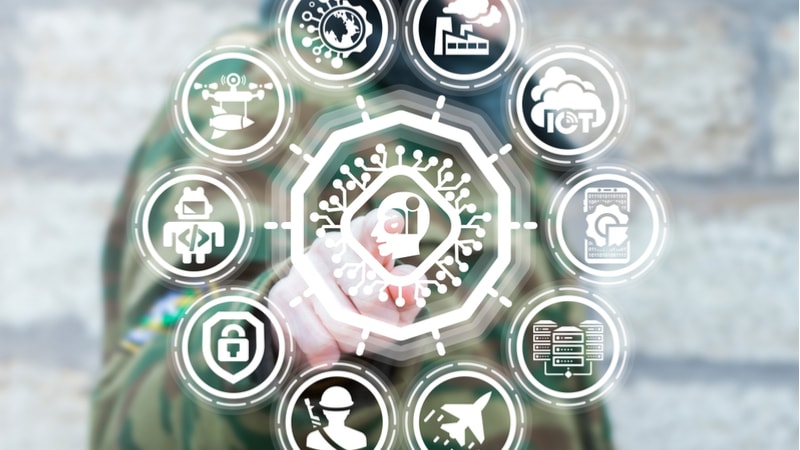
The U.S. Army released its Digital Transformation Strategy (ADTS) on October 20, representing a critical component of the branch’s overarching technology modernization effort.
The ADTS outlines the service’s goals for shifting culture around how it buys, employs, and handles technology to prepare for multi-domain operations by 2028. Army CIO Raj Iyer established the ADTS to lead the Army through changes in technology, processes, and overall culture, in response to the rapid evolution of digital and modernization programs.
“Going digital is a mindset; it’s culture change,” Iyer said in a statement. “It’s about how we can fundamentally change how we operate as an Army through transformative digital technologies, empowering our workforce, and re-engineering our rigid institutional processes to be more agile.”
The strategy includes clear lines of effort tied to three objectives, identifies priorities for the Army to resource, and outlines an integrated master plan to synchronize and integrate all ongoing activities to achieve the digital-age Army.
The ADTS outlines three objectives:
- Modernization: A digitally-enabled, data-driven Army propelled by digital transformation;
- People & Partnerships: A tech-savvy, operationally effective digital workforce partnered with a robust network of allies, industry, and academia; and
- Reform: Optimized and mission-aligned digital investments providing greater value to the Army.
The strategy’s three lines of effort are: syncing the Army’s IT networks and infrastructure; increasing IT investment accountability via financial analytics; and strengthening partnerships through better data, systems, and software interoperability.
According to Iyer, this digital transformation requires a holistic doctrine, organization, training, materiel, leadership, personnel, and facilities approach that enables new digital technologies such as cloud, data, and AI to transform processes fundamentally.
“[The ADTS] will enable an Army culture change that is agile, innovative and tech-savvy,” the new strategy states. The strategy also says that approach is critical to the Army maintaining digital overmatch against strategic competitor adversaries both in competition and conflict.
Getting JADC2 Ready
Speaking today at an event organized by C4ISRNET, Iyer said the new transformation strategy released on October 20 establishes guidelines to ensure the Army is JADC2-ready by 2028.
At the inception of the JADC2 program, U.S. military forces were entering with different perspectives and an unclear understanding of the joint force’s objective, creating struggles in reciprocity efforts among the services. But there was a clear understanding that this was a “campaign of learning,” Iyer said.
“We are learning about what new technology is capable of and how to utilize it, about differentiating data sets needed at different echelons for command and control efforts, and what network capabilities we need to increase reciprocity and data sharing between the branches,” he added.
The Army’s structure and operations, however, were not compliant with JADC2 efforts, the CIO explained. There was a lack of unity within the branch that created silos of excellence within the organization, and that moved the Army to undertake an agency-wide modernization effort. The latest move in this effort is the release of the ADTS, which offers unified efforts, and moves the branch away from silos of excellence to a holistic approach to excellence.
The Army has adapted its thinking and culture to seamlessly shift between domains, components, and regions to create high velocity, precision warfighting effects to satisfy the Joint Force Commander’s mission needs, Iyer added.
In addition to the ADTS, officials have also crafted the Army Unified Network Plan, released October 8, to help the service branch establish multi-domain operations capable forces by 2028, and continuously modernize the network as information technologies rapidly evolve.
“This is not just a joint effort within the Army. This includes the other military forces and even our business partners,” Iyer said. “We need to work together not just to elevate data sharing within the Army but across the military services … [and] to provide the U.S. military with a significant advantage and offer commanders a greater insight into what is happening in both their field of operations and the wider operational context,” the CIO said.
